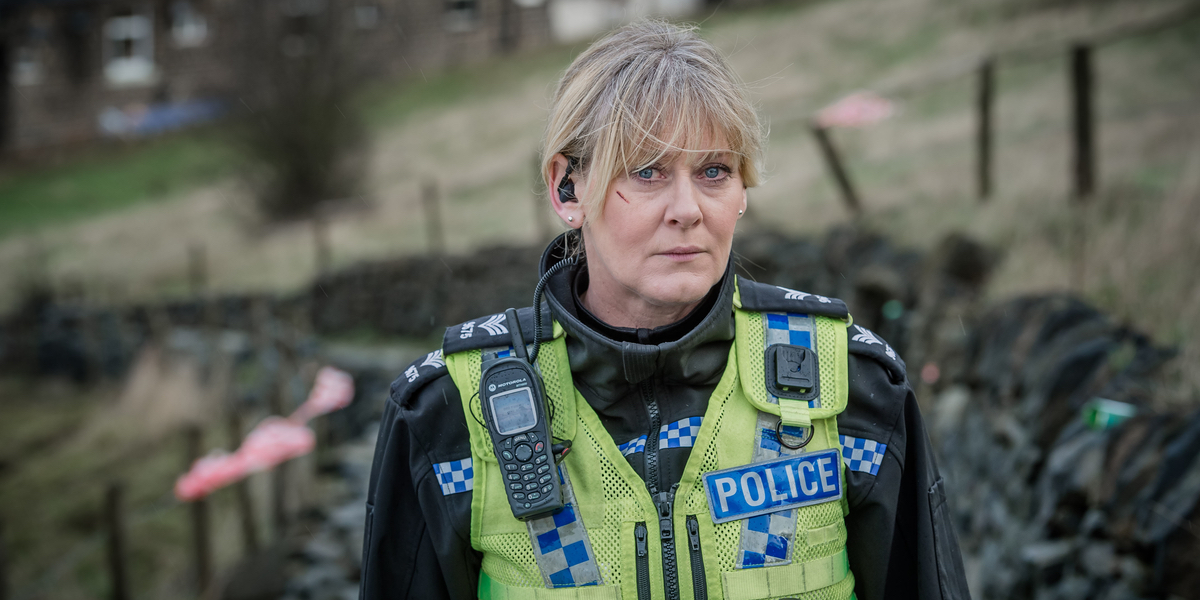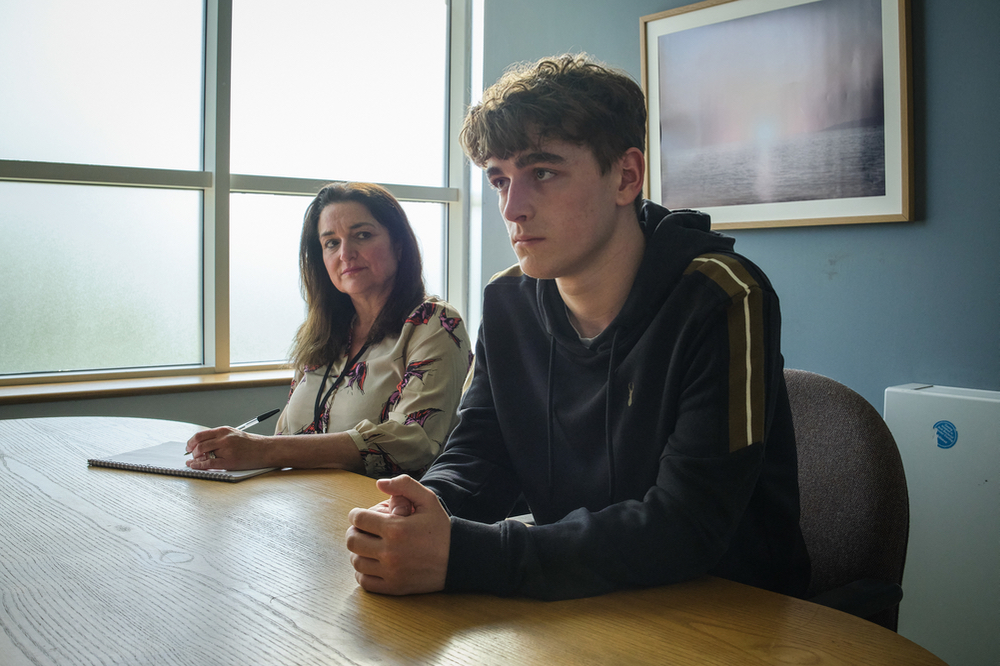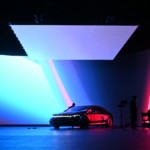
Northern fights: Happy Valley
Posted on Apr 7, 2023
Happy Valley is known for its gritty, true-to-life aesthetic – so was shooting a story-critical scene on an LED volume a risk?
WORDS Robert Shepherd | IMAGES BBC Pictures and Johann Perry
The fact that the second episode of Happy Valley’s third series trounced the artist formerly known as Prince Harry and his wife Meghan’s Harry: The Interview by 5.3 to 4.1 million viewers tells you everything you need to know. This is a hugely beloved series. The finale of the BBC One show attracted 7.5 million.
Its third and final outing sees Sergeant Catherine Cawood (Sarah Lancashire) discover the remains of a gangland murder victim in a drained reservoir. This sparks an unfortunate chain of events, leading her back to Tommy (James Norton), the father of her grandson Ryan and her late daughter’s rapist.
In the final episode, (spoiler alert!) viewers saw extreme violence – things turned nasty in a car, with Tommy making use of a beet knife to fight off a group of thugs. The bloody struggle culminated with Tommy being strangled before grabbing a rock to stave in the last remaining mobster.
Johann Perry, cinematographer on the series, claims – storyline and acting aside – much of the success of the series is down to its adherence to a visual naturalism.
“We’re used to watching a lot of very flashy shows on Netflix,” he begins. “Highly polished, glossy, big-budget, expensive-looking shows. Happy Valley plays to our English sense of realism, which I think is subliminally buried in our national cinematic consciousness. It draws from our strong documentary tradition, our kitchen sink dramas. There’s a grittiness and naturalism which is very British. So, people feel very comfortable with looking at something not shouting at itself to be seen. The camerawork should disappear and not override the storytelling.”
With that in mind, Perry explains how he had to embrace some new technology that he hadn’t used before while trying to stay true to the realistic setting.
“The sequence starts on a normal road, and then the car goes off-road and down a hill for what turns out to be a complicated nightmare of a scene to shoot,” he states. “Reading the script, you’d say, ‘That’s fantastic!’ But then you think, ‘Oh, how are we going to shoot that one?’”
Perry and the director, Fergus O’Brien, reached a conclusion: “3D volume seemed like the way to go.” The main challenge? Maintaining the series’ visual style.
“It’s not a glossy-looking show,” points out Perry. “It has its own gritty aesthetic. It’s not flash, is based in reality and recognisably grim.”
He continues: “The Yorkshire landscape is kind of a character in its own right and has to be explored, but you can’t be too self-conscious about it. I was using the LED volume to overcome a practical problem of not being able to shoot a complicated scene in a real location. It was interesting – it was the first time I had used it. I’d seen that portable LED volumes could be built at scale near your filming location, and with the help of Chris Cox at MBS, we did just that.”
This article appears in the April issue of Definition. Read the full story here.











